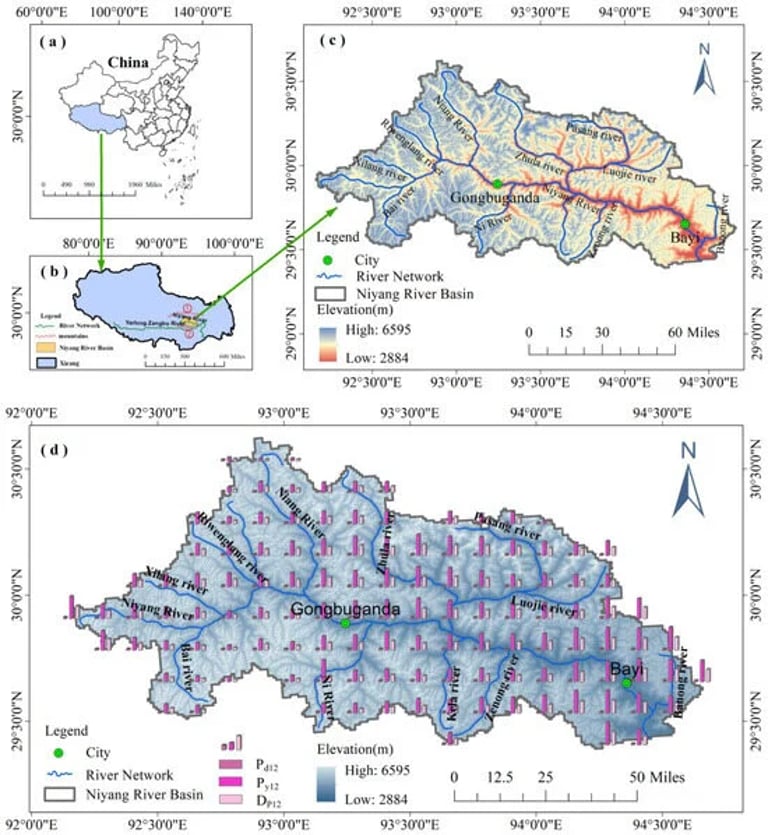Study Reveals Key Rainfall Erosivity Factors Crucial for Soil Erosion Control in Tibetan Plateau and Beyond
August 26, 2024
A recent study emphasizes the critical role of understanding rainfall erosivity in the Tibetan Plateau for effective soil erosion control and land management.
Rainfall erosivity significantly influences water, soil, and environmental interactions, making it essential for assessing soil erosion.
Accurate determination of erosive rainfall thresholds is vital for effective soil erosion management.
In analyzing Benggang erosion, researchers selected ten environmental factors, including elevation, slope gradient, and vegetation cover.
The study focuses on Huacheng Town in Meizhou City, Guangdong Province, a region severely affected by Benggang erosion.
Using the Maxent model, the study assesses Benggang erosion susceptibility and compares its effectiveness with the Random Forest model.
Karst yellow soil, a crucial cultivated soil type, is prevalent in the Qianzhong region of Guizhou Province, southwest China.
The findings reveal that 93.9% of rainfall erosivity occurs during the wet season, particularly in July, which recorded a peak of 191 MJ·mm·hm−2·h−1.
The study identifies rainfall erosivity and erosive rainfall thresholds using data collected from 10 experimental stations and 69 plots between 2006 and 2022.
Identifying areas at risk of Benggang erosion is crucial for developing effective management and prevention strategies.
Understanding erosive rainfall events is essential, as not all rainfall contributes to soil erosion.
In response to the challenges posed by Benggang erosion, government initiatives in China focus on comprehensive management practices and technical specifications.
Summary based on 3 sources